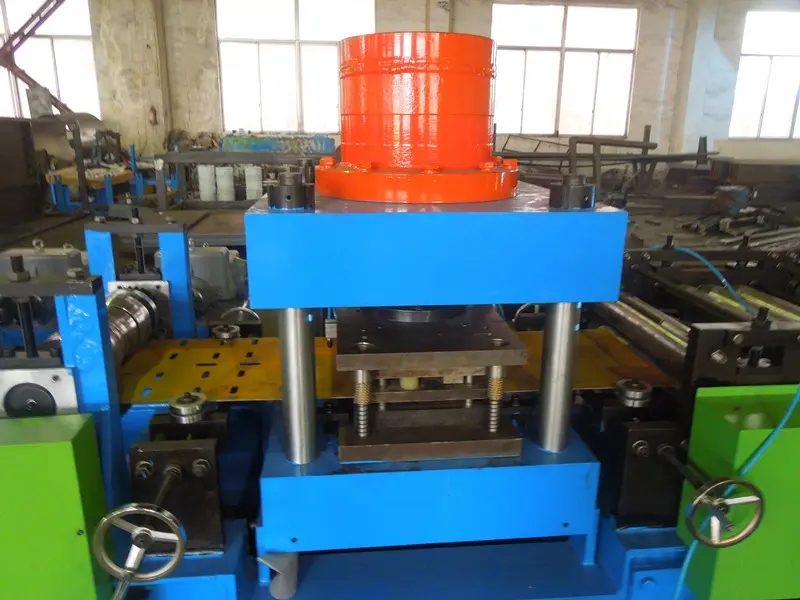
The Importance of Guard Rail Cold Roll Forming Machines
Guard rails play a crucial role in ensuring safety along highways, bridges, and in various industrial settings. They are designed to absorb and deflect the energy from vehicles that veer off course, thus protecting lives and reducing property damage. The manufacturing of guard rails requires precision and efficiency, which is where guard rail cold roll forming machines come into play.
Cold roll forming is a process that involves shaping metal into desired profiles at room temperature, which preserves the material's strength and improves its overall mechanical properties. This method is particularly advantageous for producing guard rails due to the combination of strength, durability, and cost-effectiveness it offers. The guard rail cold roll forming machine is specifically designed to create these components with high precision and reduced waste.
One of the primary benefits of using guard rail cold roll forming machines is their ability to produce continuous lengths of guard rail sections with consistent quality. This is achieved through a series of rollers that gradually shape the metal strip into the desired profile. The process starts with feeding flat steel or aluminum sheets into the machine, which are then cold-formed into the specific shape of guard rails. The consistency achieved in dimensions and tolerances is vital for the structural integrity of the safety barriers.
Moreover, cold roll forming machines are known for their high production speed. This efficiency not only reduces lead times for manufacturers but also allows for larger quantities of guard rails to be produced, meeting the demands of construction projects more effectively. With the increasing infrastructure development around the world, the need for reliable and efficient production of guard rail systems has never been greater.

Additionally, advancements in technology have led to the development of automated cold roll forming machines, which enhance both productivity and precision. These machines often come equipped with computer Numerical Control (CNC) systems, allowing for easy adjustments and modifications to be made for different guard rail designs. This flexibility is particularly beneficial in accommodating various safety standards and regulations that may vary from one region to another.
In terms of materials, guard rail cold roll forming machines can work with a variety of metals, including high-strength steel, galvanized steel, and aluminum, providing manufacturers with the option to choose materials that best suit their needs. The ability to select appropriate materials contributes to the overall longevity and effectiveness of the guard rails.
Finally, the environmental aspect cannot be overlooked. Utilizing cold roll forming technology minimizes waste, as the process is highly efficient in transforming raw materials into finished products. This aligns with the growing emphasis on sustainability within the manufacturing sector and the construction industry.
In conclusion, guard rail cold roll forming machines are an integral part of manufacturing processes for safety barriers. Their efficiency, precision, and adaptability make them the preferred choice for producing high-quality guard rails that meet safety standards. As infrastructure continues to evolve, these machines will play a pivotal role in ensuring road safety and enhancing the longevity of guard rail systems.